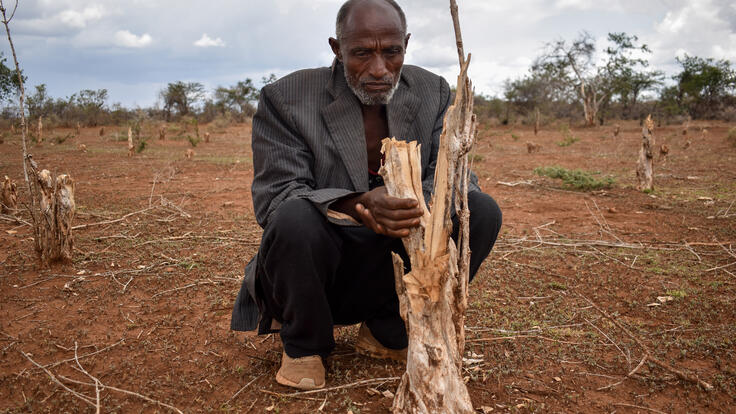
The Ethiopian government rebuffed assertions made by Tigray authorities regarding the region’s purportedly imminent descent into famine, countering claims that the war-torn area was on the brink of a severe food crisis.
Getachew Reda, President of Tigray’s interim administration, voiced concerns on Friday, stating that 91 percent of the population faced the risk of starvation and possible fatalities. He drew parallels to the tragic famine in northern Ethiopia during the 1980s, which claimed nearly one million lives.
Federal government spokesman Legesse Tulu, however, refuted these assertions on Saturday, acknowledging instead that several million people in northern Ethiopia had been impacted by both drought and flooding.
“Recently, a statement that in the Tigray region the crisis is transitioning to a famine and drought that rivals the 1984-85 famine and drought is completely wrong,” Legesse said at a televised press briefing in Addis Ababa.
He conceded that 3.8 million individuals in Tigray, along with adjacent regions Amhara and Afar, faced the risks associated with drought. Additionally, he noted that 1.1 million people had been affected by flooding. The government, he assured, had been actively providing assistance to those in need.
Getachew, speaking via a statement on X (formerly Twitter), highlighted the dire situation in Tigray due to a combination of drought and the enduring impacts of the conflict.
The armed conflict between federal government forces and Tigrayan rebels, originating in November 2020, has resulted in significant casualties and the displacement of approximately one million individuals.
Acknowledging resource constraints, Getachew declared a disaster emergency in regions under their administration, appealing for intervention from both the Ethiopian government and the international community.
Despite these assertions, media access to ascertain the situation in northern Ethiopia remains restricted by the federal government, rendering independent verification challenging.
